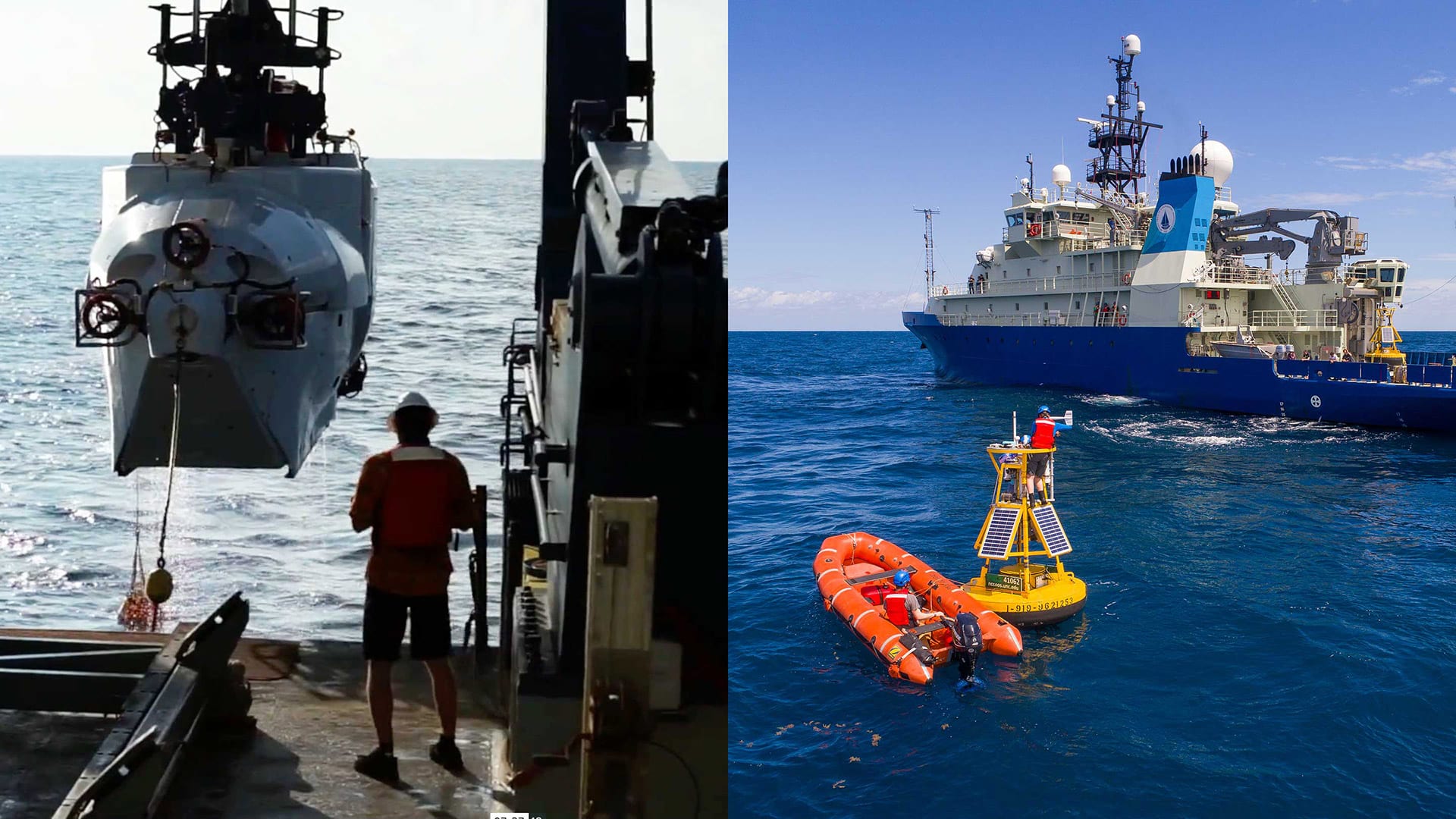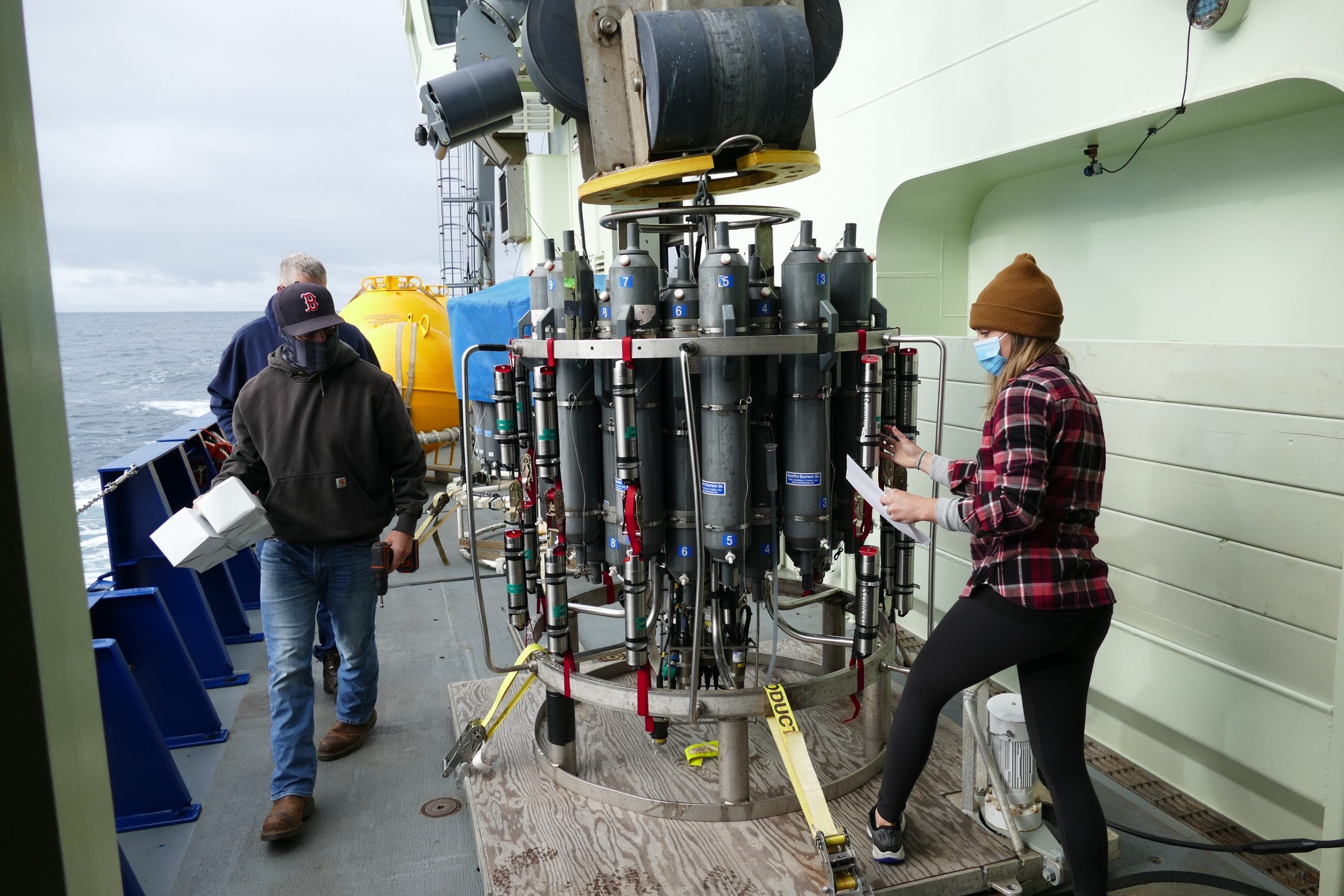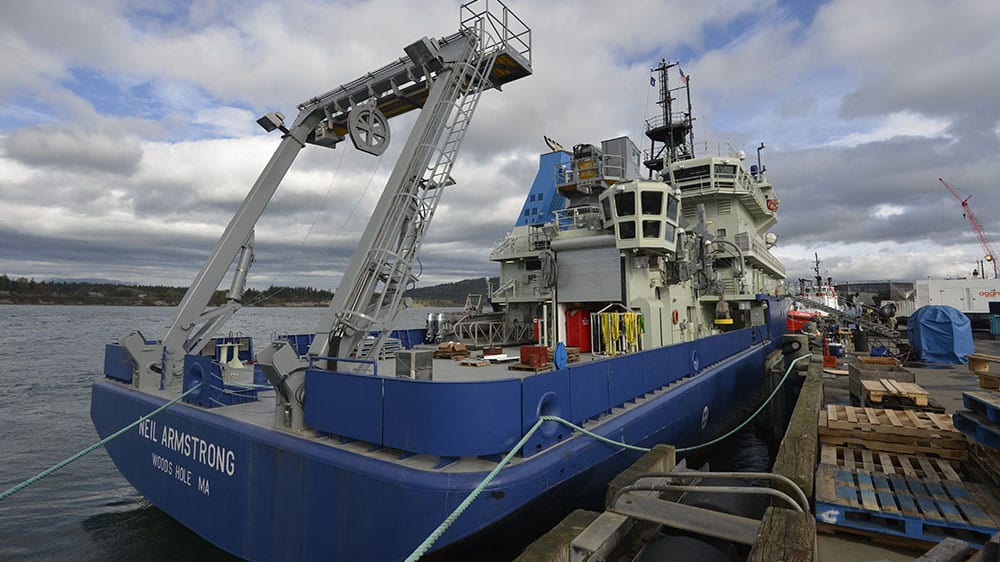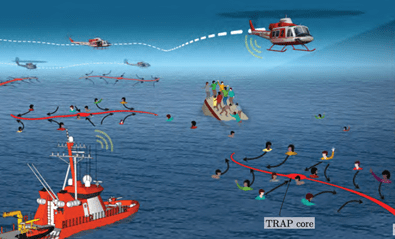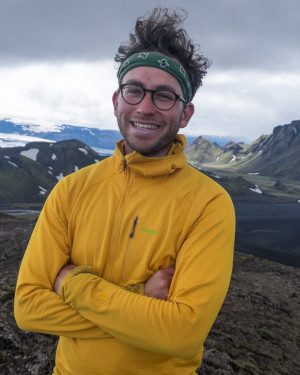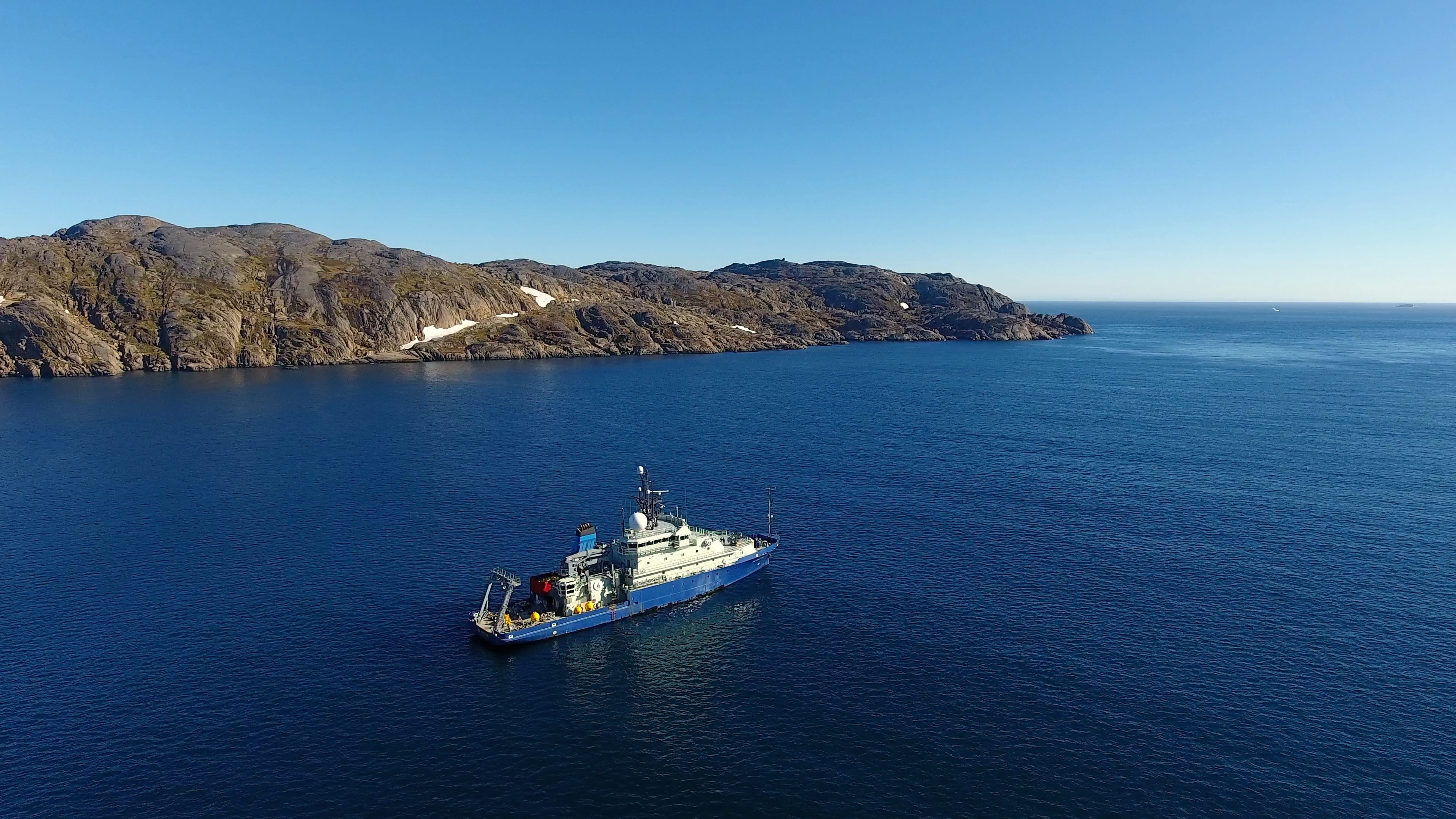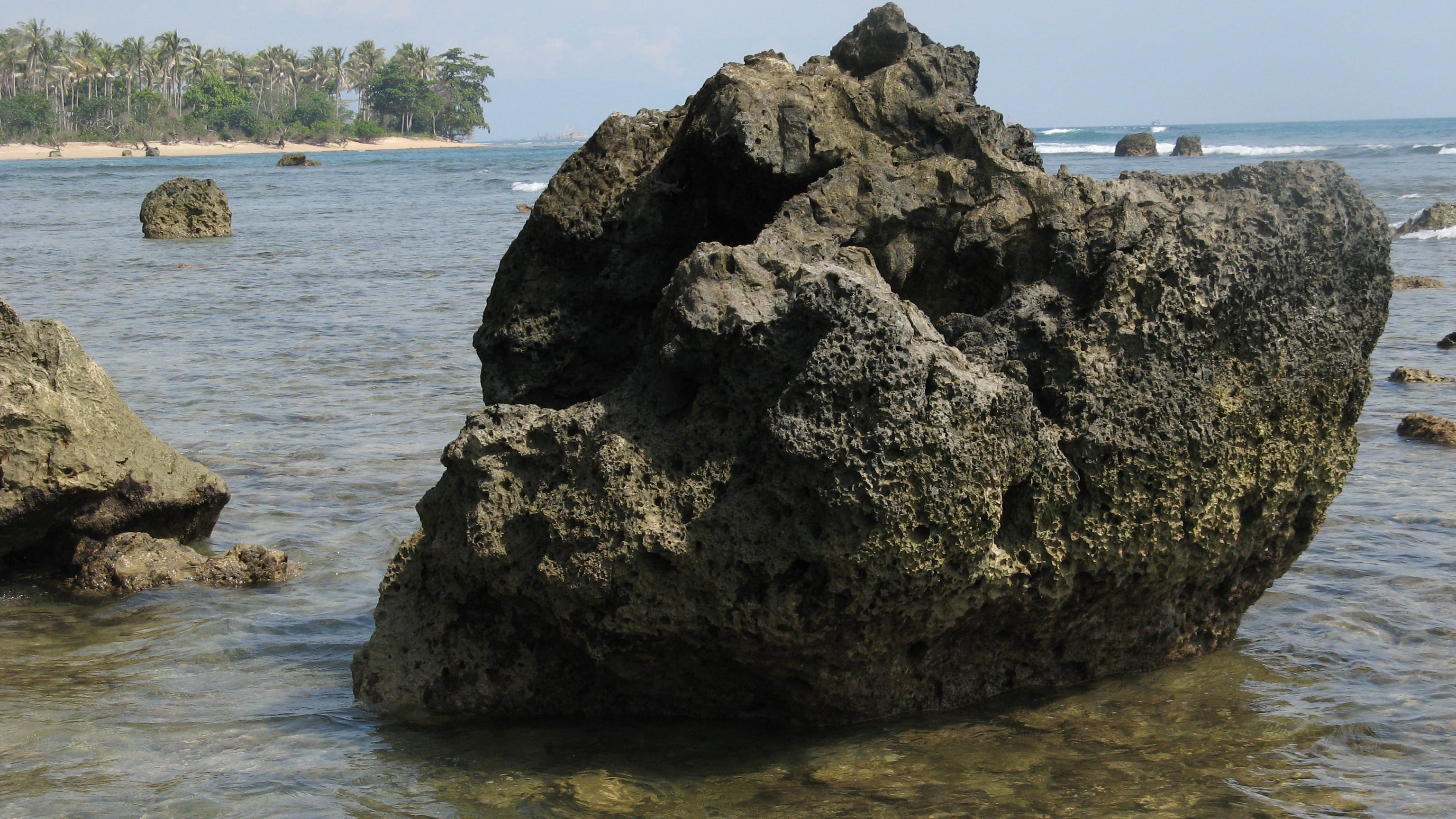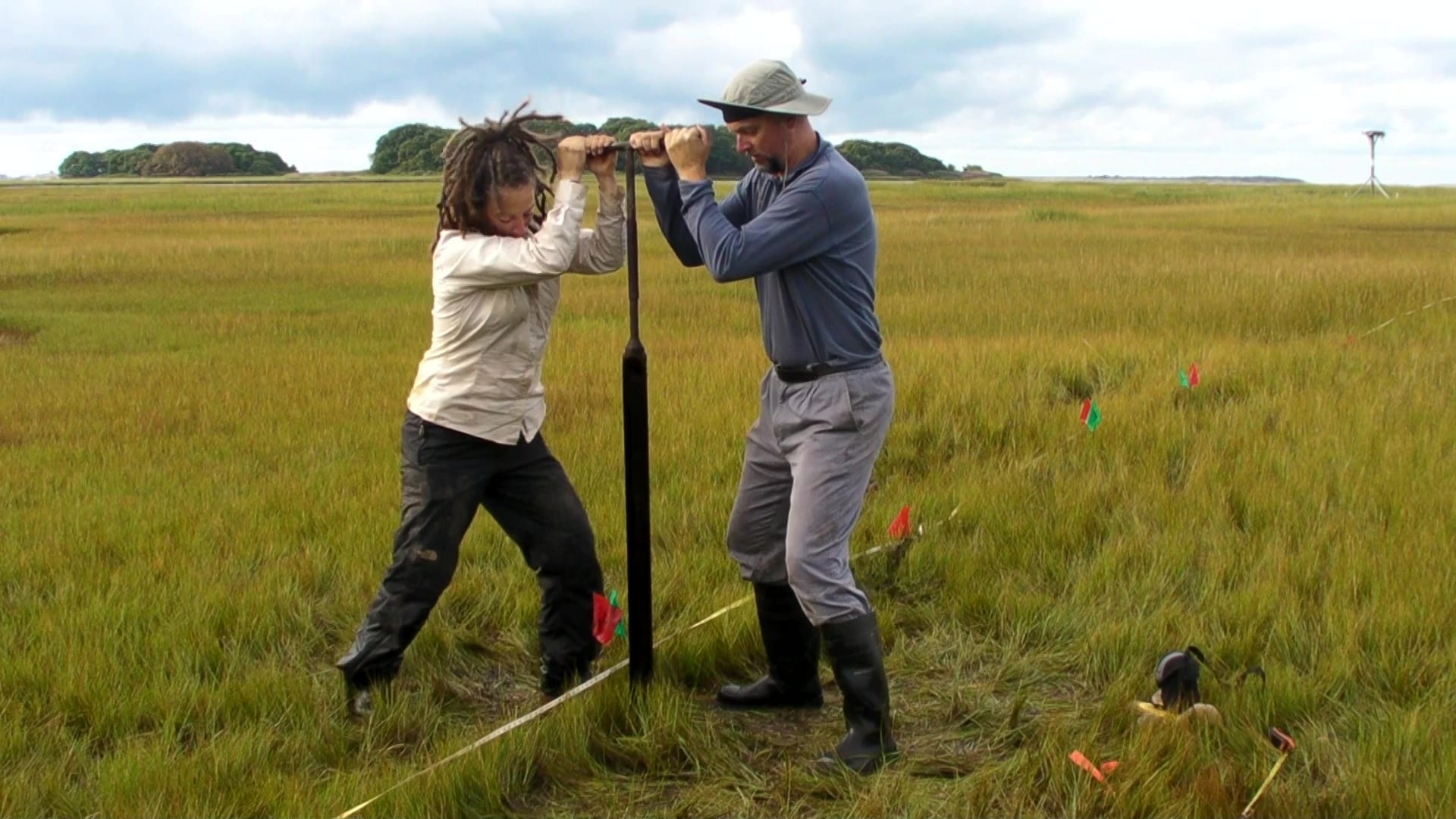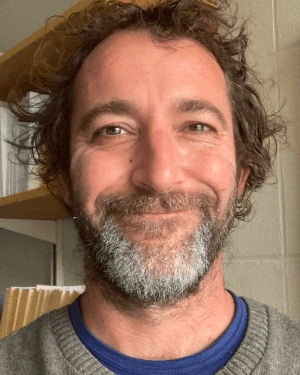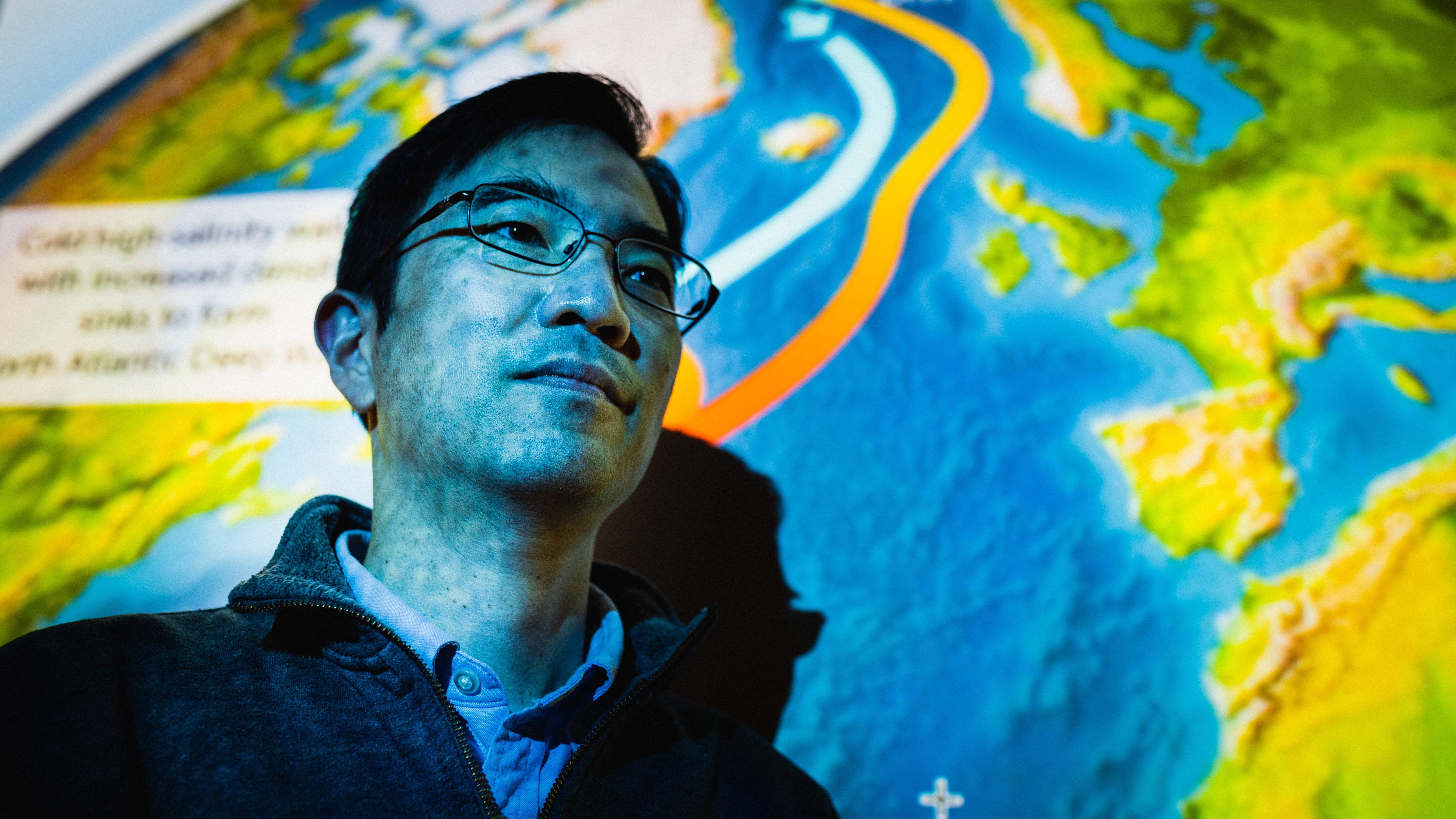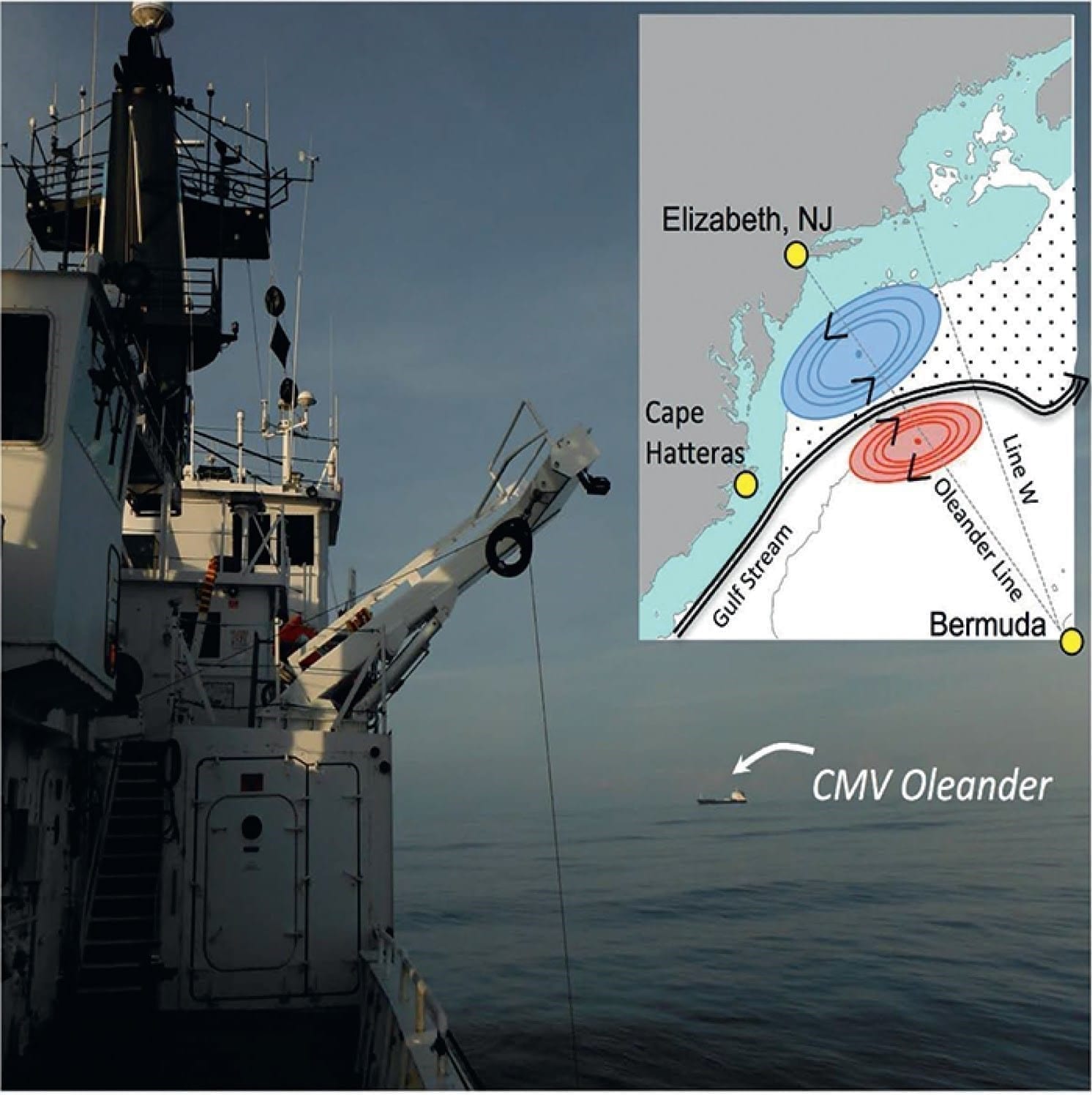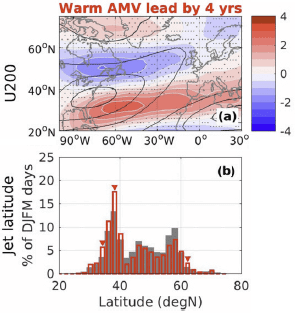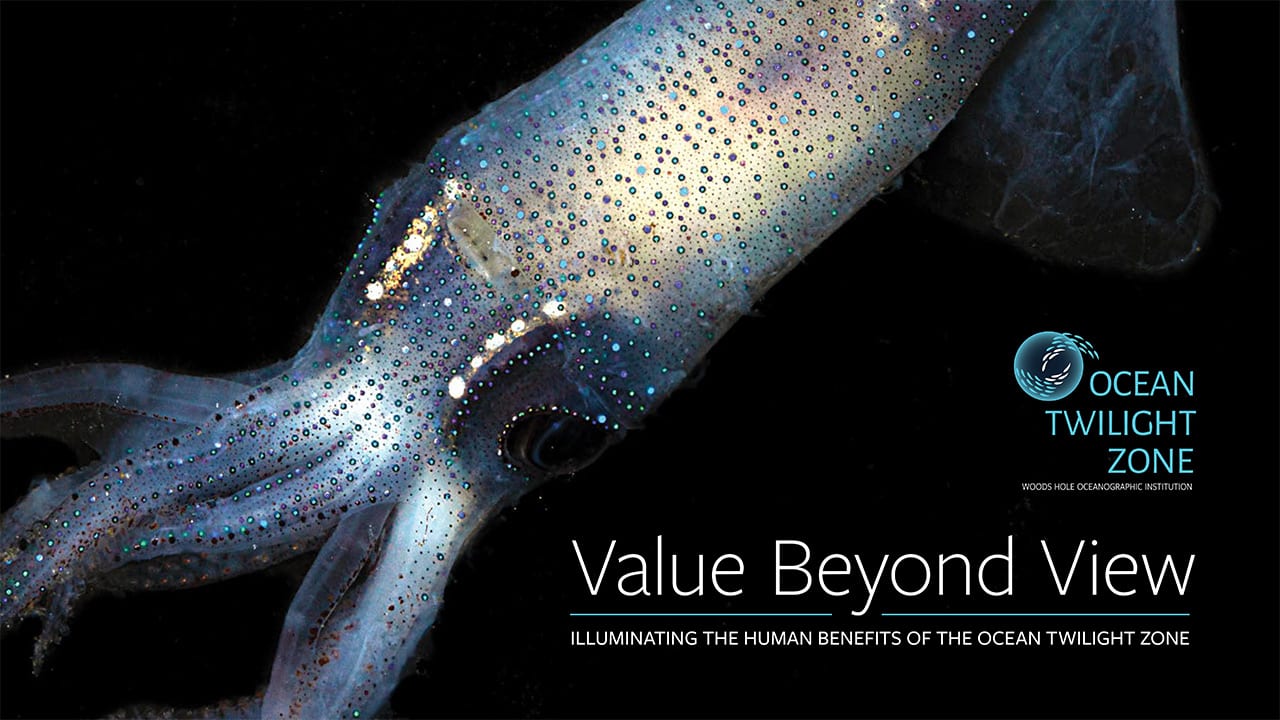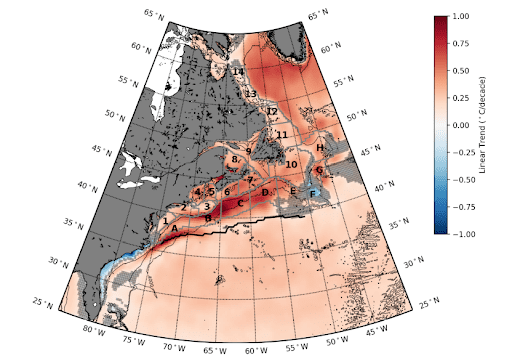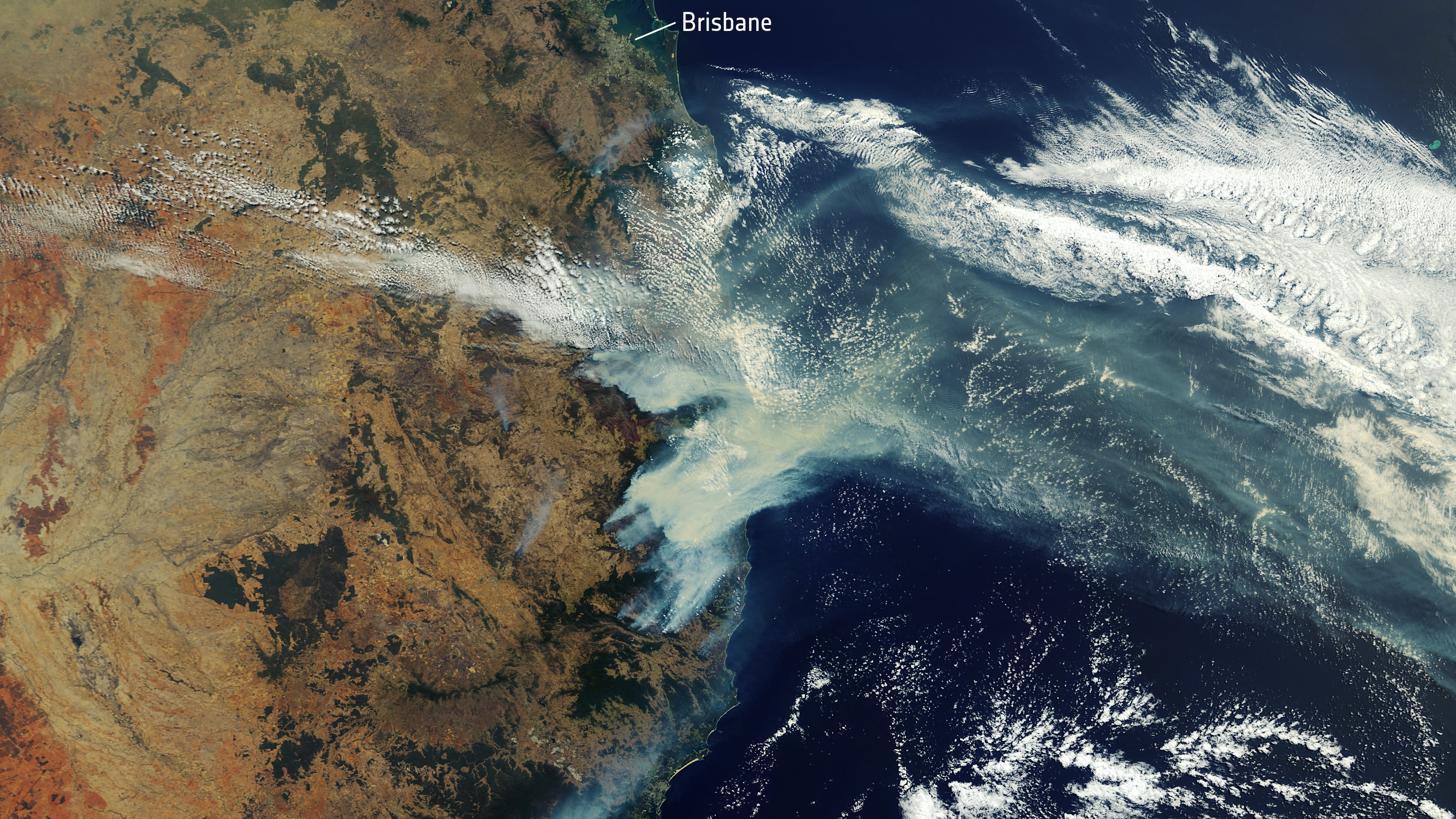Physical Oceanography
17 Historical Mysteries People Would Really Like Answers To
In 2002, documentarian Anne MacGregor and Phil Richardson, a physical oceanographer at the Woods Hole Oceanographic Institution in Massachusetts, speculated that the Mary Celeste was abandoned the day after the log’s final entry…
Read MoreHMS Challenger: The voyage that birthed oceanography
“The measurements of the Challenger expedition set the stage for all branches of oceanography,” explained Dr Jake Gebbie, associate scientist at the Woods Hole Oceanographic Institution.
Read MoreWHOI Scientists Make Woods Hole Film Festival Appearance
Woods Hole Oceanographic Institution (WHOI) scientists appear in two shorts and a feature film at this year’s Woods Hole Film Festival (WHFF). In addition, scientists will also participate in Q&A…
Read MoreOSNAP Cruise
Members of WHOI prepare the CTD rosette for an optode calibration dip.
Read MoreUSA: Twelve Offshore Wind R&D Projects Selected for Funding
The U.S. National Offshore Wind Research and Development Consortium (NOWRDC) has selected twelve projects for contract negotiation, completing its first solicitation for offshore wind research and development technology projects.
Read MoreWHOI researchers head back to sea after “pause” in research expeditions
After ten weeks of preparation, nine science team members from Woods Hole Oceanographic Institution (WHOI) will depart on the R/V Neil Armstrong from Woods Hole, MA on Sunday 7 June 2020 for an 11-day expedition to service the Pioneer Array, a collection of ocean observing equipment off the New England coast, 55 miles south of Martha’s Vineyard.
Read MorePioneer Cruise
After 14 days of quarantine, a nine-person science team from Woods Hole Oceanographic Institution boarded the R/V Neil Armstrong.
Read MoreSearch and rescue at sea aided by hidden flow structures
Predicting the location of a person lost at sea several hours after the accident is critical for a successful search and rescue operation. TRAPs are structures within the oceanic flow…
Read MoreWelcome Postdoctoral Investigator Jacob Steinberg
Jacob Steinberg, Postdoctoral Investigator, joins WHOI’s PO Department.
Read MoreWhat did scientists learn from Deepwater Horizon?
Ten years after the Deepwater Horizon explosion caused the largest accidental marine oil spill in history, WHOI marine geochemists Elizabeth Kujawinski and Christopher Reddy review what they— and their science colleagues from around the world—have learned.
Read More$8.3M award to WHOI extends observational record of critical climate research
The National Science Foundation (NSF) recently awarded $8.3 million to the Woods Hole Oceanographic Institution (WHOI) to extend the life of the Overturning in the Sub-polar North Atlantic Program (OSNAP) in a key part of Earth’s ocean-climate system.
Read MoreIndian Ocean phenomenon spells climate trouble for Australia
New international research by Woods Hole Oceanographic Institution (WHOI) and colleagues has found a marked change in the Indian Ocean’s surface temperatures that puts southeast Australia on course for increasingly hot and dry conditions.
Read MoreStudy reveals rapid sea-level rise along U.S. Atlantic coast in 18th century
During the 18th century, sea levels along a stretch of the Atlantic coast of North America were rising almost as fast as they were during the 20th Century, reveals a new study.
Read MoreWelcome Research Associate Thomas Meunier
Thomas Meunier, Research Associate, joins WHOI’s PO Department
Read MoreOceans of Change
“THE SEA NEVER CHANGES, AND ITS WORKS, FOR ALL THE TALK OF MEN, ARE WRAPPED IN MYSTERY.” So observed the narrator of “Typhoon,” Joseph Conrad’s 1902 novella. But today, we…
Read MoreOceans of Change
Oceans of Change WHOI scientists learn how the ocean shapes—and is shaped by—global climate By Madeline Drexler (Photo by Simon Buchou on Unsplash) “THE SEA NEVER CHANGES, AND ITS WORKS,…
Read MoreThe future of the ocean’s conveyor belt
WHOI scientist Young-Oh Kwon discusses the state of the AMOC—the crucial North Atlantic current that regulates our planet’s climate.
Read More‘A Little Shocking’: Ocean Currents Are Speeding up Significantly, Study Finds
“This is a really huge increase,” Susan Wijffels, an oceanographer at the Woods Hole Oceanographic Institution who was not involved with the paper, told Science Magazine.
Read MoreGulf Stream transport
The Gulf Stream, one of, if not the world’s strongest ocean current, plays a major role in earth’s climate by transporting heat from the tropics to the mid latitudes. Changes…
Read MoreImpact of multidecadal variability in Atlantic SST on winter atmospheric blocking
Kwon, Y.-O., H. Seo, C.C. Ummenhofer, and T.M. Joyce, 2020. Impact of multidecadal variability in Atlantic SST on winter atmospheric blocking. Journal of Climate, 33, 867-892. https://journals.ametsoc.org/jcli/article/33/3/867/346256/Impact-of-Multidecadal-Variability-in-Atlantic-SST Lag between AMV…
Read MoreReport reveals ‘unseen’ human benefits from ocean twilight zone
A new report from researchers at Woods Hole Oceanographic Institution (WHOI) reveals for the first time the unseen—and somewhat surprising—benefits that people receive from the ocean’s twilight zone. Also known as the “mesopelagic,” this is the ocean layer just beyond the sunlit surface.
Read MoreLong‐term SST variability on the northwest Atlantic continental shelf and slope
Chen, Z., Kwon, Y.‐O., Chen, K., Fratantoni, P., Gawarkiewicz, G., & Joyce, T. M. 2020. Long‐term SST variability on the northwest Atlantic continental shelf and slope. Geophysical Research Letters, 47,…
Read MoreInvestigating the ocean’s influence on Australia’s drought
Researchers look to the Indian Ocean for clues on how Australia’s blazing wildfires and bone-dry conditions have reached such extremes.
Read MoreClimate Models Have Been Right For Decades
Scientists have for decades created accurate models to predict the future impacts of global warming, a new study has found.
Read More
